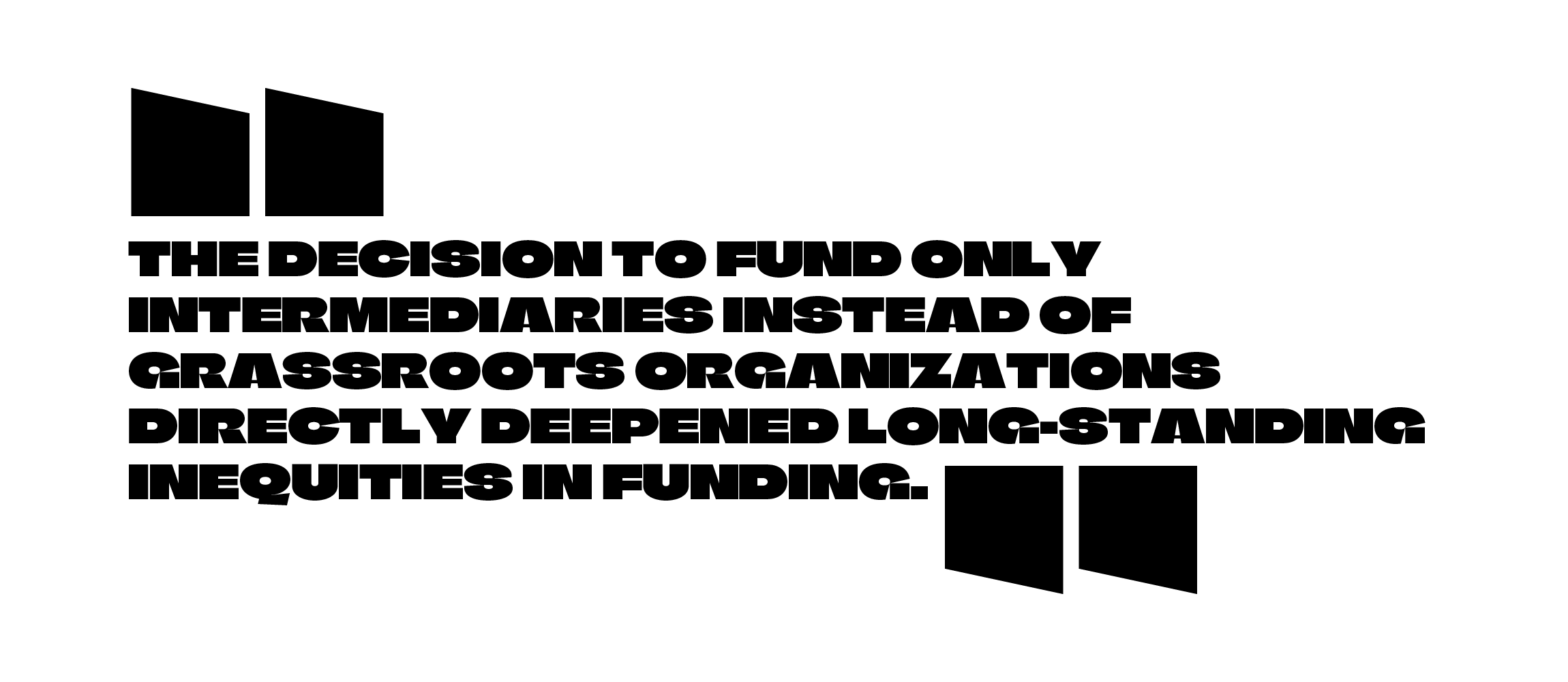
Photo: Daniel Berman
In 2020, even before the COVID-19 pandemic upended our lives in countless ways, Amazon workers around the country were organizing and protesting in response to inhumane worker conditions in Amazon factories and distribution centers while the corporation was under criticism for paying lower tax rates than the average American.
On Feb. 17, 2020, Amazon’s Jeff Bezos, then the richest man in the world and part of a new class of billionaire-CEOs-turned-philanthropists, drew attention away from his labor practices and Amazon worker organizing by announcing the launch of his newest project, BEF. The fund would commit $10 billion in grants by 2030 – it has given $2 billion as of early 2024 – with the goal of “reaching net-zero emissions and shifting to nature-positive development, while also focusing on reducing poverty and protecting the vulnerable.” In terms of climate funding and solutions being influenced by those with billionaire and corporate interests, BEF is set up to be one of the largest and most disruptive projects to date. Therefore, grassroots leaders, alliances and funder organizers across the ecosystem quickly mobilized.
From the beginning, movement leaders were concerned about how BEF might exacerbate funding inequities between frontline communities and the “big greens.” This dynamic could further entrench a prioritization of top-down strategies and unproven market-based solutions, which grassroots communities have time and again experienced as harmful and reliant on further resource extraction and the exploitation of labor from BIPOC communities, all while accumulating wealth for billionaires. It could also exacerbate a scenario in which grassroots do not have a seat at the decision-making table – continuing a path that ends with the most privileged alone surviving and benefiting from climate crises.
Our current system of resource extraction, exploitation of labor and accumulated wealth have created both the conditions of the climate crisis as well as the underlying structural barriers to advancing just and transformative solutions. These structural inequities continue to deepen through a) federal and state funding that often invests in short-sighted and overly-rigid solutions that don’t address harms from environmental racism and the inequitable effects of climate change and b) private philanthropy, which shares class and strategic interests with other wealthy donors and large environmental organizations that often lack the connections and accountability to communities on the frontlines of climate change.
Within this context, grassroots leaders feared having more funding invested in dangerous distractions and non-systemic solutions that rely on top-down decision making, including cap and trade programs, carbon storage and taxes, and geoengineering. These “solutions” are not only misleading by not cutting emissions at their source, but they are also cost-prohibitive, lack accountability to frontline communities, and come with a whole suite of risks that are often brushed under the carpet. The reality is we don’t have time to fall for risky, unproven approaches when we have so many real solutions that we already know can cool the planet and begin to correct our relationship with Earth’s natural systems.

The fundamental conditions with regards to challenging the approach of BEF were beyond challenging for the grassroots. There was:
- little-to-no transparency from BEF;
- urgency to influence the distribution of funds under a tight timeline;
- availability of an enormous scale of resources that would have a significant impact; and
- no clear relationships at BEF with, or accountability to, grassroots organizations and EJ/CJ communities.
These conditions meant that a truly positive and transformative outcome was unlikely. Given all the challenges, grassroots leaders recognized that their organizing efforts to influence BEF was at best a strategy rooted in harm reduction and an attempt to ensure that frontline organizations would be part of the funding strategy. The movement ecosystem moved into action as leaders across labor and CJ, along with aligned funders, planned a set of strategic interventions.
To download the PDF of “Good, Bad, Bezos And Beyond: Climate Philanthropy And The Grassroots” report, click here.
